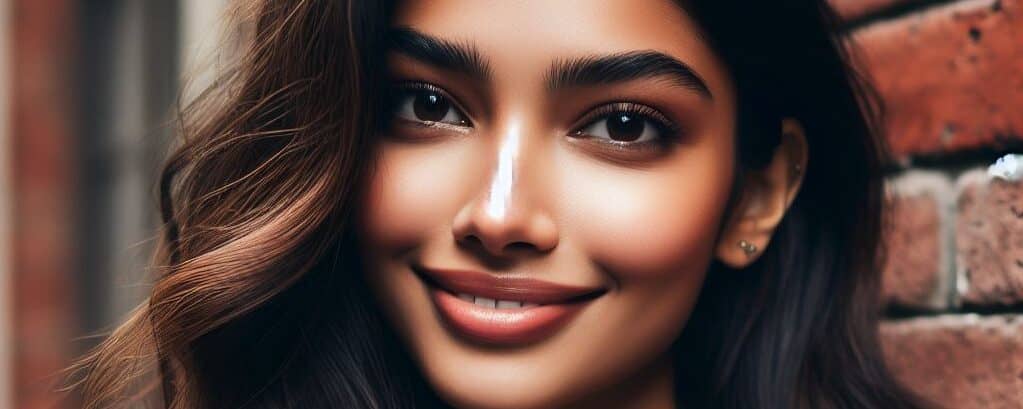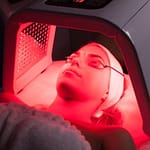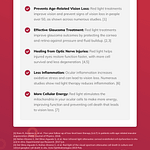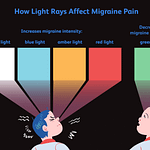Does UV Light Help Depression?
There are many people who have been asking the question, “Does UV light help depression?” The answer to this question depends on the severity of your depression and other factors. Some studies have shown that the use of ultraviolet (UV) light can help with depression and other symptoms. However, there are also some side effects to using this type of light therapy.
Symptoms of seasonal affective disorder
Seasonal affective disorder (SAD) is a type of depression that affects people during certain seasons. It is most commonly associated with a loss of energy and interest in activities. Some people may also experience sleep difficulties.
The symptoms of seasonal affective disorder can be treated. However, it is best to seek professional help if the symptoms are severe. There are medications, counseling, and light therapy that can be used to treat the condition.
Seasonal affective disorder is most common in young adults. People who have a family history of the disorder are at a higher risk. Also, people who live in places with less sunlight during winter are more likely to develop the disorder. If you suffer from seasonal affective disorder, you should see a doctor. This condition can cause a variety of symptoms, including restlessness, fatigue, irritability, and weight gain.
SAD can be caused by a number of factors, including a change in seasons, low levels of serotonin, and reduced sunlight. It can be treated with a variety of treatments, including light therapy, cognitive behavioral therapy, and antidepressants.
SAD is most common in women, but men can also have the condition. The causes of SAD are not fully understood. In addition to a lack of sunlight, it is thought that SAD is related to the brain’s regulation of hormones, which affects the body’s biological clock.
Winter-onset SAD symptoms tend to improve in the spring. However, it is possible for someone to have reverse symptoms during the summer. A person with seasonal affective disorder will also have trouble regulating their circadian rhythm, which is the body’s internal clock.
Light therapy can be a very effective treatment for seasonal affective disorder. It typically leads to improvement in two to three weeks. To be successful, however, light therapy needs to be started early in the fall before the symptoms appear.
Cognitive behavioral therapy is an effective form of treatment for seasonal depression. The therapy helps to regulate the brain’s responses to stress, reduce negative thoughts, and curb behaviors that might lead to additional problems.
Blue light is superior to other lights in the spectrum for treating depression
Blue light is superior to other lights in the spectrum when it comes to treating depression. Depending on the condition, it may or may not be worth the effort. If you’re considering a blue light therapy session, contact your doctor to discuss all of the options.
Some of the perks of using blue light include increased energy, less oxidative stress, and fewer side effects. It is also important to remember that light therapy should be avoided in the evening. This is because the best time to take advantage of its benefits is during the morning.
A full spectrum bright fluorescent light, which simulates the wavelengths of natural daylight, is the gold standard for blue light therapy. In fact, researchers have found that blue light is more effective than red or green light at combating depression. The benefits are likely to be magnified for people suffering from seasonal affective disorder.
There is some controversy surrounding the effectiveness of blue light. However, it has been proven that it is effective in combating seasonal depression. While a randomized controlled trial is the only way to find out for sure, researchers have cited the benefits as a reason to pursue it in the first place.
One study examined the effectiveness of a 20-minute daily blue light treatment on five consecutive days. Overall, the effects of the treatment were not statistically significant. Despite the benefits of the treatment, it was not necessary to see a positive response to see a noticeable improvement in mood.
Another study explored the efficiencies of the same coloured blue light in different concentrations. The result was a study which proved that a blue LED light is not only safe to use, but can also be more effective at influencing the circadian clock than its white light counterpart.
Unlike other treatments, light therapy is not limited to individuals. Family doctors and psychiatrists have also experimented with the technology, and it has been shown to be effective in the treatment of serious depression. Most participants can expect to see a reduction in symptoms after just a few sessions.
Side effects of uv light therapy
Light therapy, sometimes called phototherapy, has been shown to have a positive effect on depression symptoms. The National Institute of Mental Health (NIMH) first conducted a clinical study on light therapy in the early 1980s. Today, there are many clinicians offering light therapy, including psychiatrists, psychologists, and family physicians.
The use of ultraviolet light for depression has been explored in numerous studies. Several studies have shown that exposure to UV light leads to improvements in depressive symptoms. A recent meta-analysis has gathered evidence that shows that UV light is a useful treatment for depression.
In some cases, light therapy is combined with medications such as selective serotonin reuptake inhibitors. This is because light therapy is able to decrease the dose of antidepressant drugs. While there are side effects associated with UV light therapy, they are milder than with antidepressants.
One interesting side effect of light therapy is the improvement of sleep-related pathologies. In addition to the well-known benefits of vitamin D, UV light can also boost levels of this essential nutrient.
Other possible side effects of light therapy include headaches, eye strain, and premature aging of the skin. It is important to consider all of the possible risks before embarking on any light therapy treatment.
When choosing a light therapy treatment, the best choice is based on your needs and preferences. However, it is important to consult a mental health professional before beginning any kind of treatment.
Many clinicians recommend using light therapy as an adjunct to other depression treatments. They also suggest keeping a record of your symptoms to monitor the effectiveness of your treatment. You may need to discontinue light therapy in the event you experience a manic episode.
There are several light therapy devices, which can be used in a clinic or at home. These devices are usually safe to use if you have good eyesight. Some of these devices can last for hours. Others can be smaller units that can be applied to a smaller area.
Most light therapy sessions are short, lasting between 20 and 30 minutes. Depending on the severity of your condition, you can continue with light therapy until your symptoms are under control.
Avoid light therapy boxes for depression
A light therapy box is a device that uses bright light to treat depression. It is a great option for people with SAD (seasonal affective disorder) and is often used in conjunction with other treatments such as therapy. Light therapy is also effective for other illnesses and can help a person feel better.
If you are considering light therapy, make sure your light box is the correct size and intensity. For best results, choose one with a brightness level of at least 10,000 lux. In addition, make sure it is set at an angle and not pointed directly at you.
Before starting light therapy, consult a mental health professional. This will ensure you are using the right therapy and avoid triggering a manic episode. Also, avoid taking any antidepressants while you are using light therapy, as these medications can cause some unpleasant side effects.
If you are pregnant or have an eye condition, you should contact a physician before using a light box. The UV light from the light box can damage your eyes. To be safe, use a box that filters out most of the UV light.
While some patients report that they improve with light therapy, many experts do not know exactly how the therapy works. Some believe the benefit comes from the way that it counteracts seasonal changes on the body. Others claim that it works by supporting the sleep-wake cycle.
A light box is a small and portable device that produces a variety of intensities of light. Some people need as few as 30 minutes of exposure every morning. Others may need more than an hour of light treatment daily. Most health insurance plans do not cover the cost of light therapy boxes, so check with your provider before purchasing.
While there are many benefits to light therapy, it is important to monitor your mood, and remember that it may take several weeks for the symptoms of depression to improve. Track your sessions and note your mood throughout the day. You should also keep track of your eating habits and energy level.















